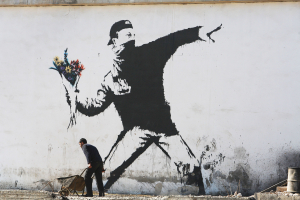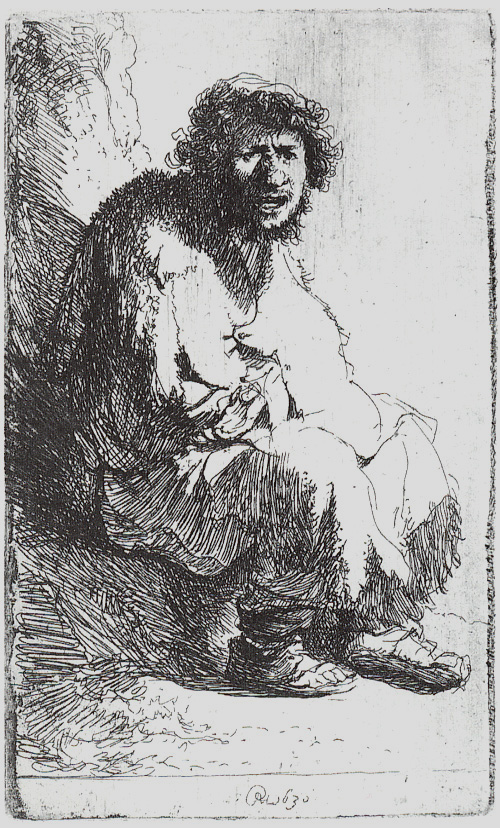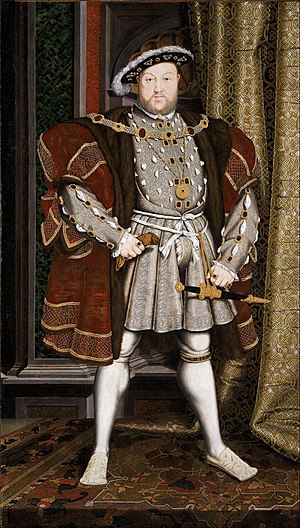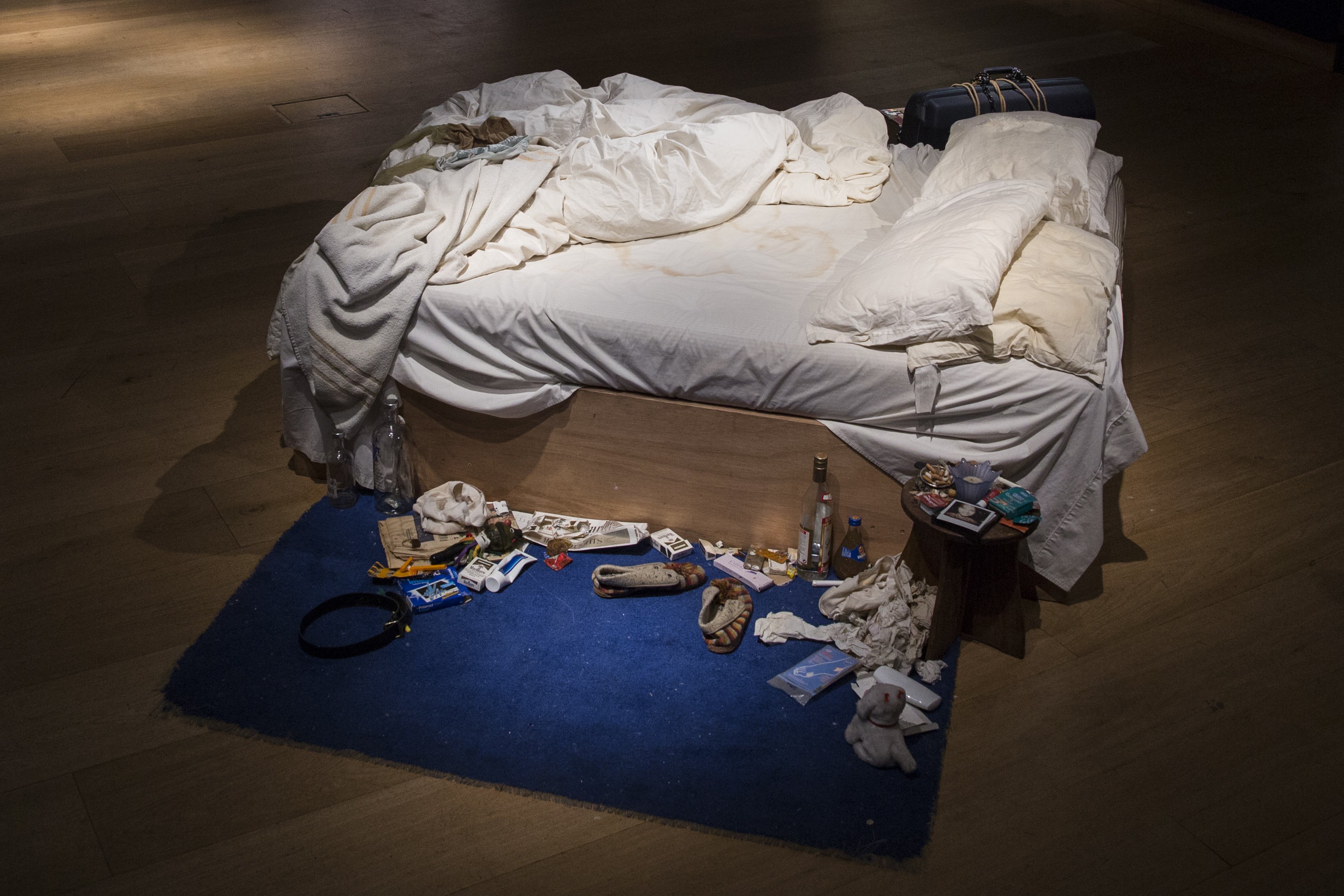
The Dialectics of Art
John Molyneux introduces his new book, The Dialectics of Art
This book is the product of a love of, and engagement with, art that goes back to my childhood in London in the nineteen fifties and sixties. It consists of a combination of case studies of particular artists – Michelangelo, Rembrandt, Tracey Emin, Jackson Pollock and others, written at various times over the last thirty years – with four new reflections on art and art history. The latter deal with the questions: what is art, how art is judged, how art develops, and the dialectics of modernism.
As its title implies, the book is written from a Marxist perspective and the terrain it covers is visual art in what might be called ‘the bourgeois epoch’ i.e. from the Renaissance to the global present, with the primary focus being ‘Western’ (European and American) art.
The central theme running through the book, both in the theoretical chapters and the case studies, is the dialectical tension that has existed and continues to exist between art and the capitalist system. On the one hand visual art, throughout this period has been controlled and dominated by the rich and powerful, the ruling class in Marxist terminology; this was so with the Medicis and Popes (some of the Popes were Medicis) in Florence and Rome, with absolute monarchs in the early modern era, through to the Rockefellers, Guggenheims, Saatchis and Gagosians of modern times. On the other hand artists, while often depending on these people have for their survival, have frequently baulked at their masters or even, through their art, been in outright rebellion against them.

Michelangelo and Rembrandt are both examples of this. Michelangelo had Lorenzo de Medici as his patron and worked on the Sistine Chapel for Pope Julius II (of the rival della Rovere family) but he produced the David sculpture to celebrate the driving out of the Medicis by the people of Florence, and clashed repeatedly with Pope Julius.

Rembrandt was a highly successful society portraitist in Amsterdam in the Dutch ‘golden age’ but also continually produced works, like his moving etchings of beggars and his many studies of Jewish people, that were at odds with the taste and requirement of his patrons. Moreover the pattern continues through the likes of Goya (both painter to the Spanish court and the producer of the devastating Disasters of War) to Picasso or Rivera, Emin or Banksy in the modern era.
My argument, in Chapter 1, is that this tension derives not just from the left-wing or rebellious characters of many artists but from the very nature of art under capitalism. Art develops historically as a distinct sphere of activity (and this applies to poetry, literature, music, etc as well as painting and sculpture) in the bourgeois period because it is the product of creative labour, that is labour controlled by the producer themselves – ‘unalienated labour’ in Marxist theoretical terms – in opposition to the spreading alienated wage labour on which capitalism rests. This is linked to what I suggest is the other main characteristic of art, namely a striving for the unity of form and content in that the meaning of a work, not just its subject but the totality of its ideological, emotional and psychological associations, are embedded in the totality of its form i.e. every colour, every brush stroke, every dimension and so on. Only creative labour, I suggest, can deliver that intimate unity. Though none of this, unfortunately in my view, changes the fact that to survive artists usually have to sell the products of their creative labour as commodities and as part of capitalism.
What makes great art?
Another issue the book considers is how aesthetic judgments are made: what makes some art works better than others and what makes great art. Some people find this question very annoying, distasteful even, because they feel it reeks of snobbery or elitism or is an attempt to dictate taste to people. But individuals often feel that some judgment of art is unavoidable at a societal level and in practice most individuals make choices about art. What the book does is look how those judgments have been made in the past, on the criteria have they been based on (for example skill, naturalism, realism, expression and emotional power) and then goes on to ask if Marxism has something to add to these previous criteria.

I stress in the book that serious Marxists have not attempted and should not attempt to judge art by dogmatic or narrow political criteria. It cannot be reduced to left-wing socialist art versus right-wing capitalist art, or anything similar. Rather what Marxism adds is an understanding that great art gives powerful expression to changing social relations. For example a portrait of Henry VIII by Holbein is not just remarkable resemblance of the king but also depiction of the social relations involved in the institution of absolute monarchy. Similarly Edvard Munch’s The Scream and many works by Francis Bacon are powerful expressions of the alienated human condition under modern capitalism.

This criterion is employed in the specific case studies. The art concerned is always situated in its historical and social context, using the Marxist method of historical materialism but it is seen as a creative response to that context not as a mechanical reflection or expression of it. Thus Rembrandt is seen as a creative and critical response to the new social relations that emerged with the Dutch Revolt and the establishment of the Dutch Republic. Andy Warhol is located in the context of the postwar economic boom and celebrity/consumer culture it generated, but he is also seen as producing a double-edged critical response to it - and so on.

The last chapter traces certain dialectical patterns of development in modern art. It identifies in particular a democratising tendency in terms of both subject matter and materials: from mythology, religion and portraits of the rich and powerful in oils, marble and bronze through paintings of ‘the people’ (Courbet, Manet, Van Gogh, Cezanne, early Picasso etc.), followed by the everyday and everyday materials (cubist collages, Duchamp’s ready-mades, industrial materials like neon and bricks, city and household detritus), to the social turn in the 21st century. But then in opposition to this, a pull exerted on rebellious artists, drawing them back to the establishment. This co-opted and incorporated them into the art world of the millionaires and the corporations: Picasso and Matisse, Dali, Pollock (and his use by the CIA), Hirst, Kapoor, Emin, and even Banksy.

The book also offers a provisional assessment of where art is at now. and suggests that contemporary and future art cannot fail to be shaped by the changed relationship between humans and nature embodied in the arrival of the Anthropocene and the multi-dimensional ecological crisis faced by humanity. From the caves of Lascaux, to Gainsborough, Constable and Cezanne, art has always responded to changed relations (which are also social relations) with nature.
Finally, The Dialectics of Art envisages a future in which capitalism and alienated labour are overcome and all work, all production starts to take on a creative artist character, as part of a collective project to shape and build a sustainable and humane world.
